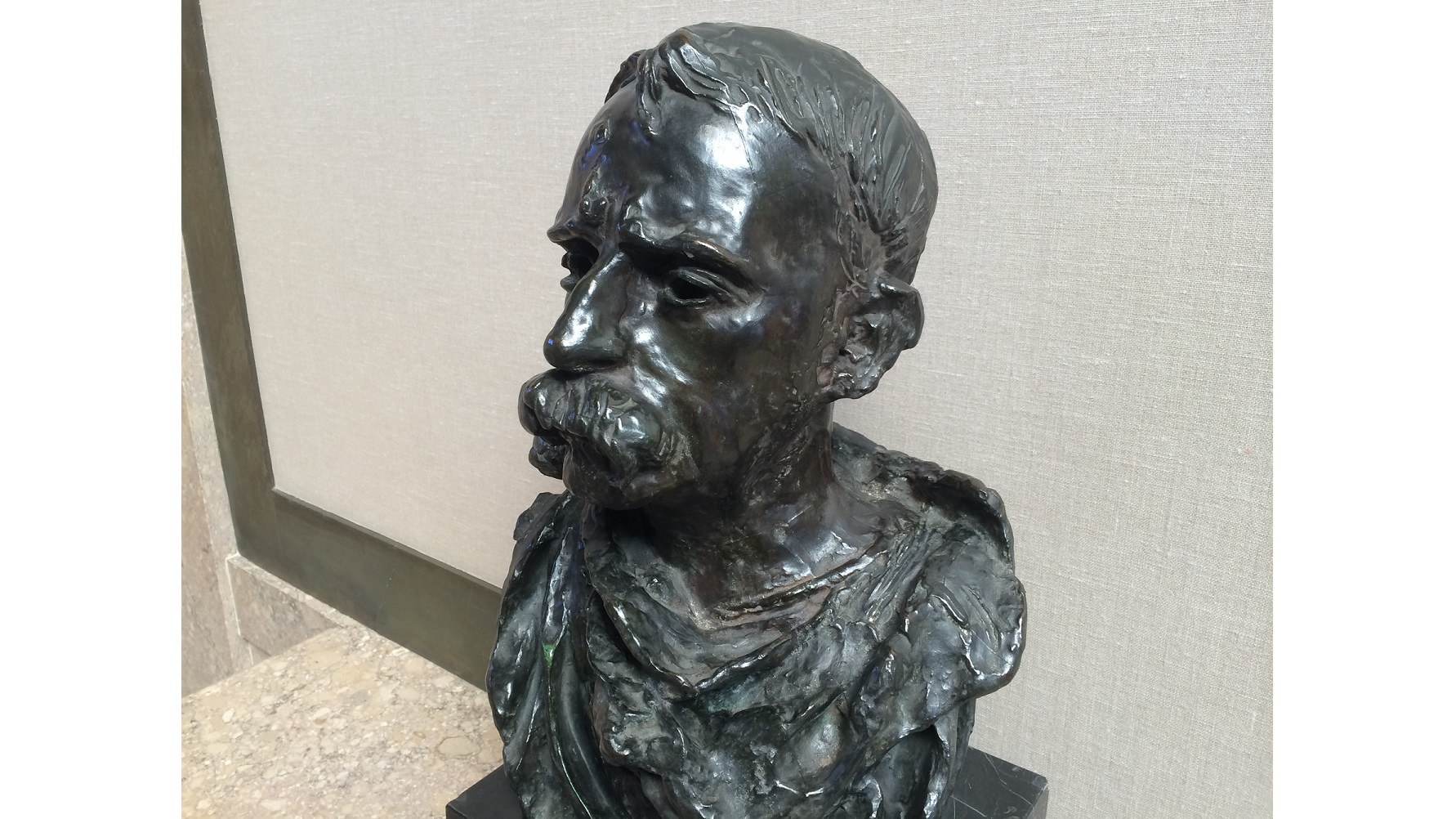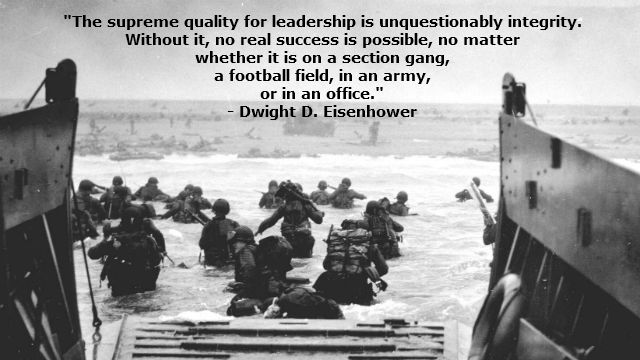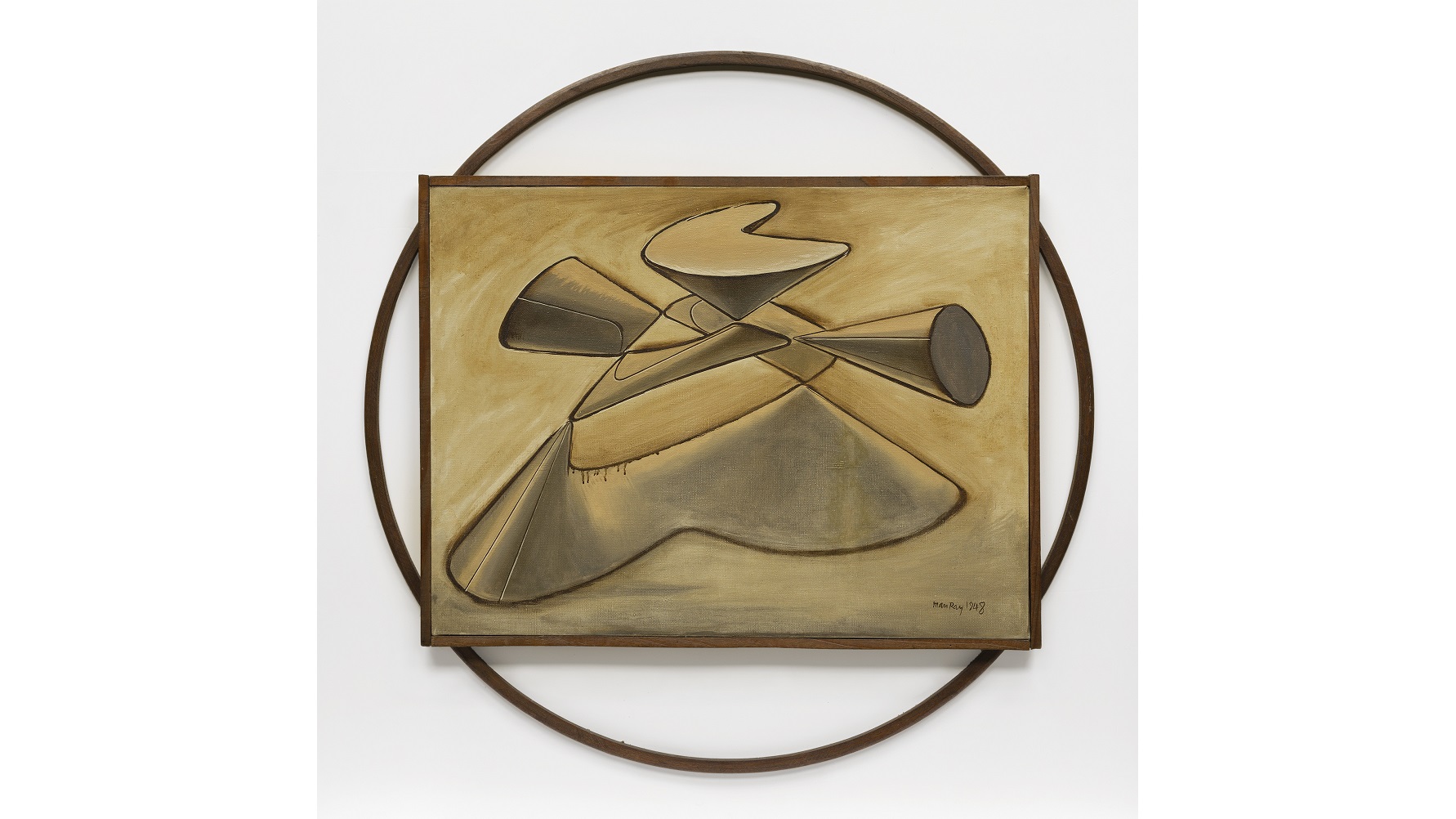Sure, the Universe is expanding, and that expansion is accelerating. But beyond simply calling the cause “dark energy,” what do we know about it? Image credit: NASA, ESA, H. Teplitz […]
Search Results
You searched for: D A
A plastic pumpkin full of candy could hold up to 11,000 calories worth of sweets. While banning candy is out of the question, parents should limit their kids’ intake.
Most young women in the workforce don’t remember firsthand the battles their mothers and grandmothers fought over issues that are still relevant today. Among those who’ve read about them or […]
According to a new study, people want to be interested in brain science – but don’t act on that desire – or don’t get the chance.
Kepler took a look at 150,000 stars, searching for habitable worlds. Based on what it found, how many should be in our galaxy? “I’m sure the universe is full of […]
Is there a way to see past the barrier the Universe puts up before it became transparent to light? Image credit: Mark Kamionkowski, of gravitational waves. “From earliest times, humans — explorers […]
While looking at Jean-Antoine Houdon’s portrait bust of Voltaire in the Louvre, sculptor Auguste Rodin remarked, “To tell the truth, there is no artistic work that requires as much penetrating insight as the bust and the portrait. … Such a work is the equivalent of a biography.” On a separate occasion, Rodin stated, “The resemblance that [the artist] should achieve is that of the soul. Only this matters.” A new, full-scale reinstallation at the Rodin Museum in Philadelphia, Pennsylvania, focuses on Rodin putting those words into practice in his own portrait busts. Known for his large-scale, full-bodied works such as The Kiss, Rodin imbued an equal amount of passion into his symbolic, soulful portraits of friends, lovers, and the famous.
June 6, 1944. Operation Overlord. D-Day. Seventy years later, relatively few survive who actually lived it. People around the world take advantage of their last opportunities to commemorate the anniversary with veterans in attendance.
Can the world’s most fantastic and speculative “theory of everything” candidate shed light on the Universe’s most invisible objects? “I just think too many nice things have happened in string […]
Despite it’s reputation as an “infinite range” force, the realities of our Universe place a limit on its reach. “In my dreams and visions, I seemed to see a line, […]
Just because there is more information available doesn’t ensure that we make more informed choices. The modern media provide information in ways that play right into the brain’s instinct to do as little work as possible, including the work of getting that information, and thinking carefully about it.
Many of us marry people who don’t necessarily share our financial values or tendencies. Communication, above everything else, is key to ensuring a happy and lasting relationship.
The day Marty McFly and Doc Brown visit 2015 is upon us! Unfortunately, things today aren’t exactly as the film envisioned.
“The supreme quality for leadership is unquestionably integrity. Without it, no real success is possible, no matter whether it is on a section gang, a football field, in an army, or in an office.”
– Dwight D. Eisenhower
Travelers from around the globe have been adding their local signage to the Sign Post Forest since 1942.
How would you tell the story of our Universe to an 8-to-10 year old? “To begin, begin.” –William Wordsworth The Big Bang is maybe the greatest scientific achievement of the […]
The greatest international internet meme war dates back to 2005. Many brave pixels were wounded. “I didn’t know any successful actors in Kenya, so I felt like I could get […]
The practice of medicine in America has become an industry, meaning more specialists, more prescriptions, and more new professions in the field.
Decades of neuroscientific research may be culminating in treatment to help those with short attention spans overcome their lack of focus.
Thank you notes are great for following up with a prospective employer, reconnecting with an old friend, expressing gratitude for spectacular service, or just letting someone know you care.
Sam Harris: The Self is an Illusion Sam Harris describes the properties of consciousness and how mindfulness practices of all stripes can be used to transcend one’s ego. Ray Kurzweil: […]
Originating out beyond Neptune, thousands of world originate. Who’s the largest? It’s not who you expect, Pluto-lovers! “It is not when truth is dirty, but when it is shallow, that […]
If a scientific theory can never be “100% proven,” how can we know what’s true? “Never waste your time trying to explain who you are to people who are committed […]
Every person who ventures into the company of others engages in persuasion. Granted, at times it may be annoying to engage in conversation that requires you to develop effective arguments, but if such conversations are on the wane or largely absent, then important relationships can slip toward reliance on manipulation, coercion or even toward a lack of any significant communication at all.
While advanced math and Shakespeare combine to make a nightmare curriculum for some students, for artist Man Ray, one of the most intriguing minds of 20th century art, they were “such stuff as dreams are made on,” or at least art could be made from. A new exhibition at The Phillips Collection reunites the objects and photographs with the suite of paintings they inspired Man Ray to create and title Shakespearean Equations. Man Ray—Human Equations: A Journey from Mathematics to Shakespeare traces the artist’s travels between disciplines, between war-torn continents, and between media that became not only a journey from arithmetic to the Bard, but also a journey of artistic self-discovery.
Ayah Bdeir had a dream – take electronics out of the hands of experts and large companies and put them in the hands of ordinary people in order to make […]
Businesswoman and investor Barbara Corcoran shares her tips on amassing social capital by way of branding. This is the first video in a helpful Corcoran playlist focused on guiding small business owners and emerging entrepreneurs.
Only very rarely are artists able to pay their bills through their craft. But that doesn’t mean they’re only relegated to boring desk jobs. In fact, many are able to use their skills to earn a living.
Six years ago, in a mock presidential election held in my daughter’s pre-K class, Barack Obama was the clear winner. Of the 18 children, 16 voted for Obama. (“Superman” and […]
How we discovered what the Universe was made of when it first formed. Image credit: X-ray: NASA/CXC/PSU/K. Getman et al.; IRL NASA/JPL-Caltech/CfA/J. Wang et al. “The nitrogen in our DNA, […]


















